In articles about wood finishing, expressions such as pore marking, the natural pattern of the wood highlighted by staining, areas of late or early wood where the absorption is different, are often used. Specialized people know the terms, but DIY enthusiasts do not, so the indications become difficult to understand. The following article will attempt to explain terms that define the structure of wood such as pores, annual rings or natural design.
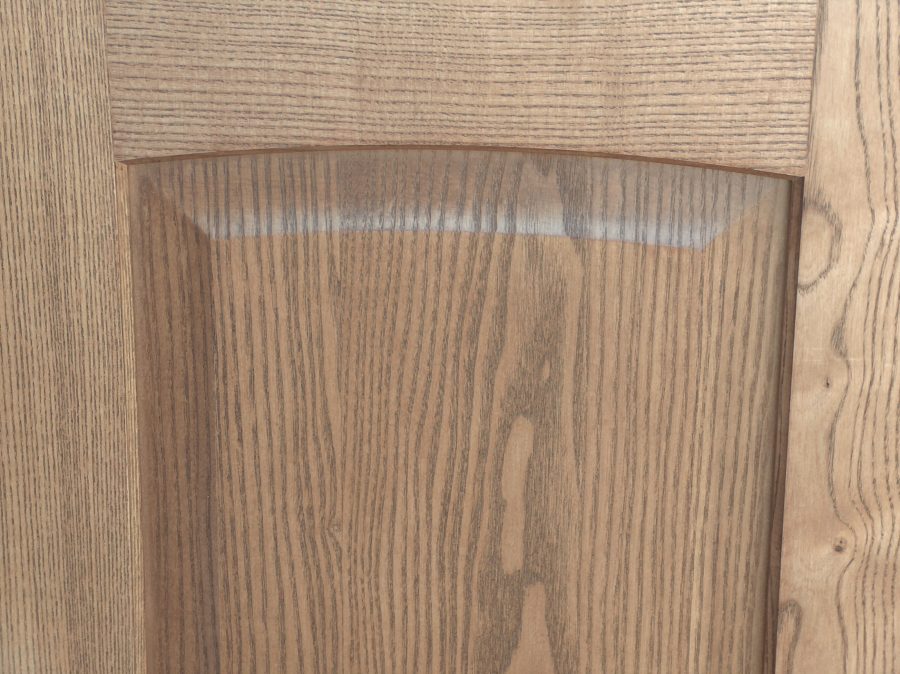
Annual rings and the designs they make depending on how the log is cut
The concentric circles seen when the trunk is cross-sectioned are called annual rings and their number represent, in a temperate zone, the age of the tree. In warmer areas, where growth is linked to seasons with abundant rainfall, the rings may be more in a year and are called seasonal rings. Native species have annual rings which represent the amount of wood mass added by the tree in a year. The annual ring consists of two zones: a lighter, more light-colored and looser zone, representing the woody mass added during periods of high moisture (spring), and a darker, denser zone, representing the woody mass accumulated in summer when moisture is lower.
The design of the wood is determined by the way the log is cut. Cross cutting, perpendicular to the central axis of the tree, produces slices of a log where the annual rings are seen as concentric, straight or wavy circles. Longitudinal cutting, i.e. parallel to the axis of the tree, produces two types of drawings. If the cut is radial, i.e. it passes through the axis of the tree, you get a drawing with parallel lines, and when it is tangential to the annual ring, you get a drawing with curved lines, also called fladere.
It is the annual rings that determine the pattern in veneers too, and how the pattern looks also depends on the cut. Veneers are used extensively in furniture making. Chipboard, MDF and even solid wood panels are veneered to achieve solid wood-like surfaces and continuous designs. The veneers are called aesthetic veneers and are mainly obtained by slicing pieces of sawn timber from logs. As with solid wood, the radial cut forms parallel line patterns and the tangential cut forms wavy patterns. The veneers are also obtained by scrolling the logs. Eccentric or conical scrolling results in distinctive wavy designs. More information about veneers here.
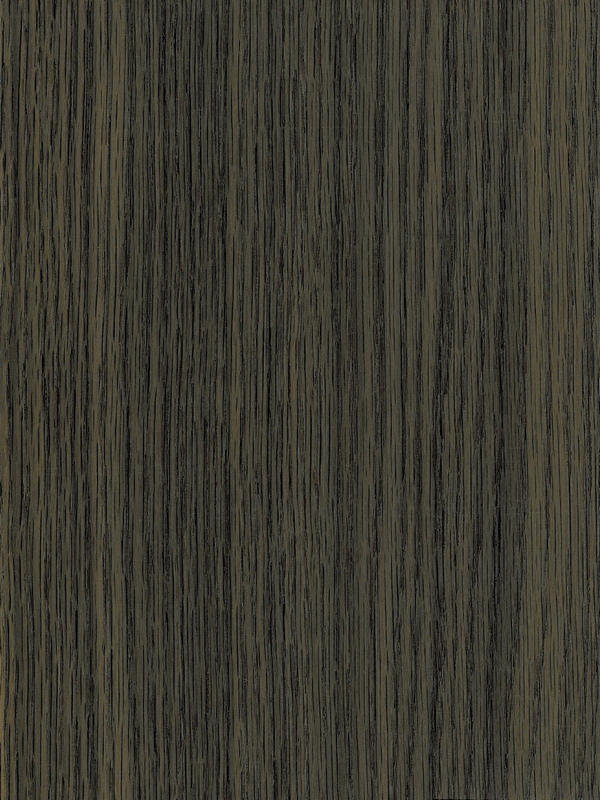
photo source: channelveneers.com
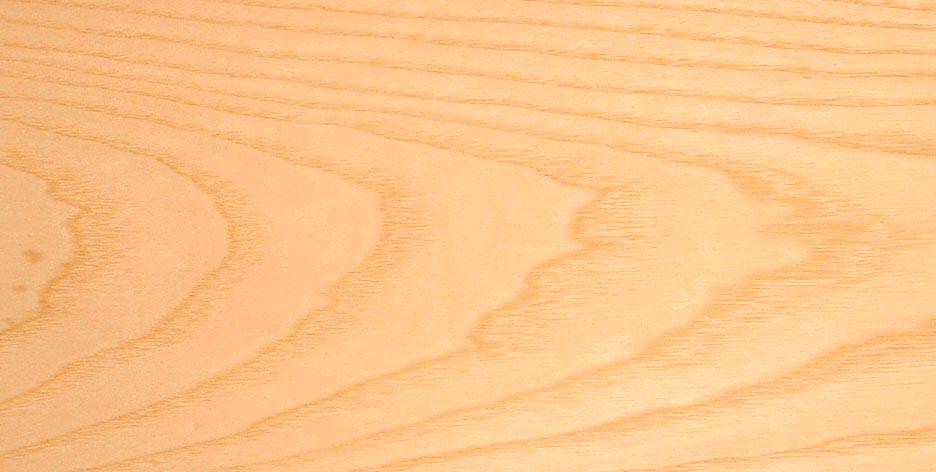
photo source: contry-woodworks.com
Pores and medullary rays, elements of specific designs
Existence porilor in wood species influences the design. Not all species have pores, they are only present in hardwoods or exotic woods. Pores are hollows in the wood, vessels through which water circulated when the tree was standing. In earlywood the pores are larger than in latewood. Depending on the species, the distribution of pores in the wood is different. In oak, acacia, ash or chestnut, the pores are distributed circularly in the annual ring, whereas in walnut, beech, poplar, poplar and lime, they are not evenly distributed.
The pores may be empty or may contain cellulose membranes or salts. Salts can cause problems in finishing, sometimes changing the color of the dye or affecting the adhesion of the finish to the substrate. Such problems occur especially with exotic species, with mahogany being a difficult species to finish. Pores can make distinctive designs on wood, especially when they are embossed by various methods.
Medullary rays are another element that determines the design of certain species. They start at the bark of the tree and go all the way to the center of the tree at the pith. In cross-section they are seen as shiny, straight or wavy bands running from the pith outwards, and in radial section they appear as bands of different heights and lengths, called mirrors, which give the wood its gloss. Medullary rays are present in all species, but are only visible in some. Species with luster given by medullary rays are oak, beech, the paltin and many exotic species. An article describing the influence of medullary rays in detail can be found here here.
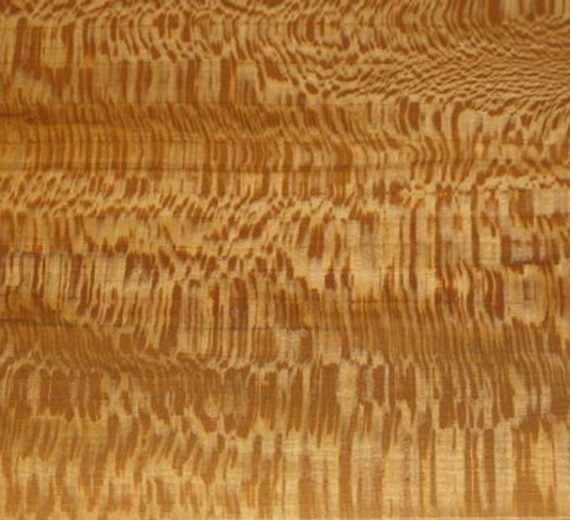
photo source: robertbeauchamp.com
Color and growth defects contribute to the specificity of the wood's natural design
Colour The wood's natural wood is given by organic chemicals impregnated into the cell walls. Depending on the species, the color of wood can vary from white to black. Here are some examples:
- white - birch,
- reddish white - beech,
- dark cream - chestnut,
- yellowish brown - oak,
- brown - nuc
- purplish green brown - acacia,
- dark reddish - rosewood,
- black - shakes.
The uniqueness and spectacularity of the wood's design is sometimes due to the appearance of defects, anomalies in the growth and development of the tree. For example, nodes The 'peacock-eye' or 'peacock-eye' appearance of some species of pine or birch is highly prized by wood lovers.
Another flaw is corrugated or crimped fiber sometimes found in pine, ash or mahogany. The grain and annual rings are not circles but deviate, somewhat regularly, in the form of wavy lines. Aesthetic veneers with a very beautiful pattern are obtained from such "defective" wood. A very fine pattern is also obtained when the annual rings and the grain diverge locally to form loop. Deviation occurs due to knots or healed wounds on the tree. As many other growth defects wood has, find ahere.
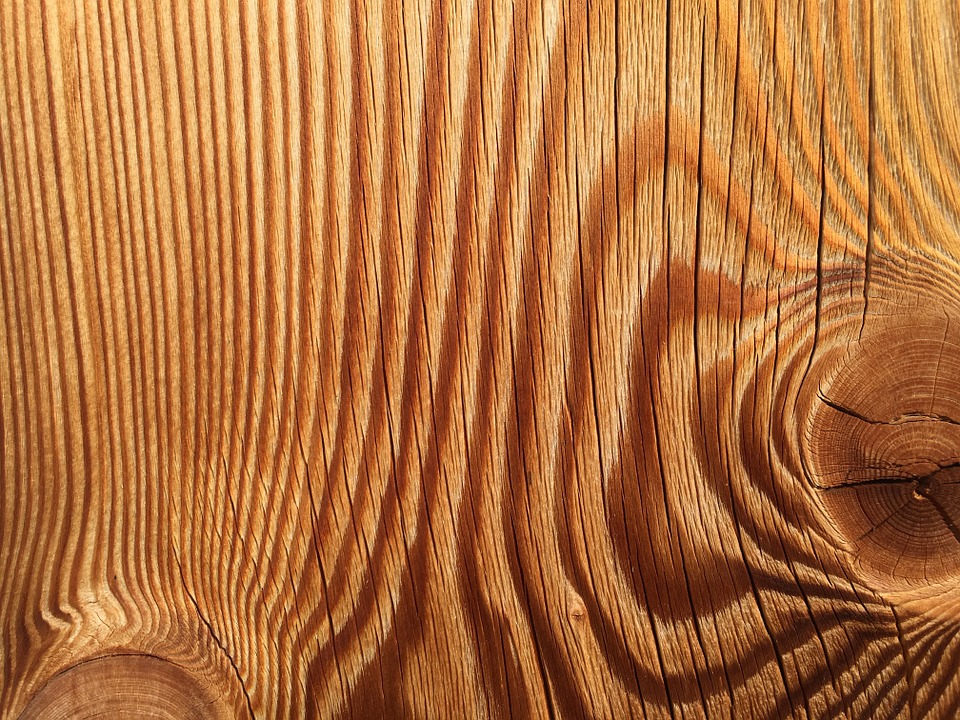
photo source: pixabay.net
The design of wood is not given by a single element and is not something that can be reproduced identically from tree to tree. Wood gives us a huge diversity of wonderful designs, not just from one species to another, but also from one tree to another and even within the same tree.
I hope you find the above information useful. As always, additions are welcome. And if you have any questions or queries, please leave them below in the space provided. I will be sure to reply.

























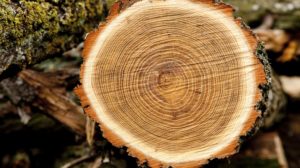
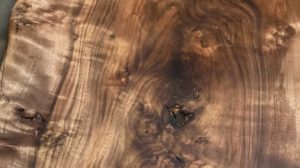
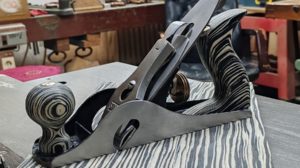
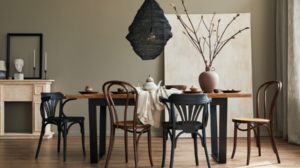
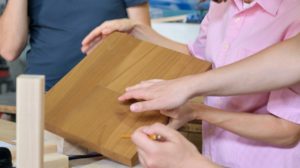
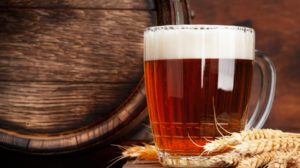

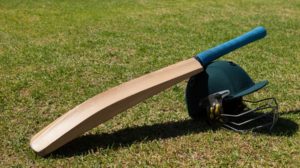



Great stuff!
It's fascinating to know wood. Thank you!